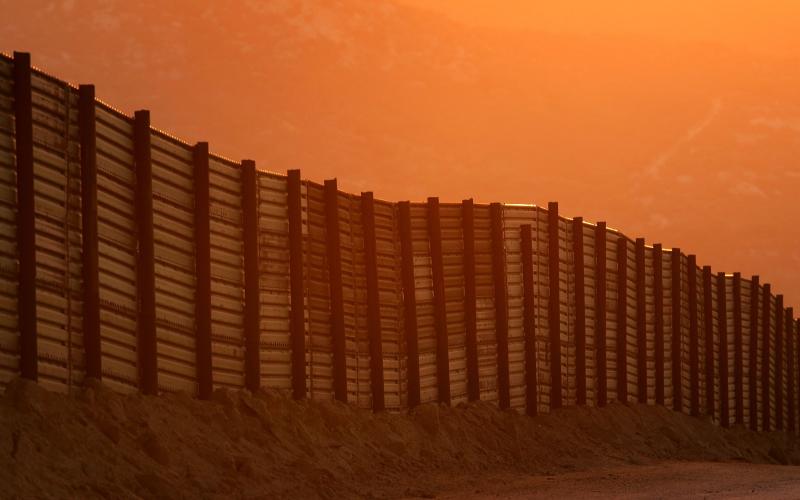
Donald Trump promised to build a “great, great wall on our southern border” and force Mexico to pay for it. But it is starting to look less like the Great Wall of China and more like the Great Wall of Technology—and Texas may already have paid for much of it.
In an interview this week with Fox News, Homeland Security Secretary John Kelly said the wall will depend on natural barriers, walls and technology. Kelly said he hopes to have the wall done in two years.
“Any discussion about the protection of our southwest border involves discussion of physical barriers but also of technological sensors, things like that,” he said. “But it’s a layered approach, and it’s got to be backed up by great men and women who are going to make sure that the wall is intact.”
The Great Wall of China, which seems to be what a lot of people envision when Trump talks about his barrier, took 2,000 years to build. However, even Trump told Sean Hannity in December that the wall won’t go along the entire border with Mexico.
“Now, there are certain places you don’t need a wall, because you have, you know, you have mountains, you have other things. You have large and rather vicious rivers.
“But, no, we’re building a wall. It’s going to be a real wall, because we’re going to stop the drugs from coming in. We’re going to have people come in, but they’re going to come in legally, and we’re going to have a great wall. We’re going to have a real wall and we’re going to stop what’s happening, because what’s happening in our country is very sad in so many different ways.”
The Rio Grande is hardly a “vicious river,” but it sounds like Big Bend may well be safe from great wall construction.
Former Texas Governor Rick Perry, a one-time Trump opponent, said last summer that the wall would consist of sensors and cameras, or as he called it “a technological wall, it’s a digital wall.” The governor had his own experience with this after promising to install a network of cameras along the border during his 2006 re-election campaign. Perry initially spent $5 million from his office to get them up and running, and then another $3 million in federal funds after the system had to be restored because of some glitches. More than 220,000 people signed up to watch the cameras on a web site, resulting in all of ten arrests of illegal immigrants. In his 2010 campaign, Perry claimed the cameras and an emphasis on border law enforcement had resulted in a 60 percent drop in crime along the border.
Now we come to the current technological wall. The Texas Department of Public Safety in 2015 reported that the Legislative Budget Board had authorized the agency to add 4,000 cameras along the border in addition to the 1,200 already there.
The 2015 Legislature authorized $800 million in spending by DPS for border security. The same section of this year’s report, isn’t exactly clear and leaves much to the reader’s imagination in the bureaucratize. The information technology sector “consists of physical assets and virtual systems and networks that enable key capabilities and services in both the public and private sectors.”
Trump promised to make Mexico pay for the wall, but so far it looks like the initial investment was made by Texans.
[Source:-Texas Monthly]




